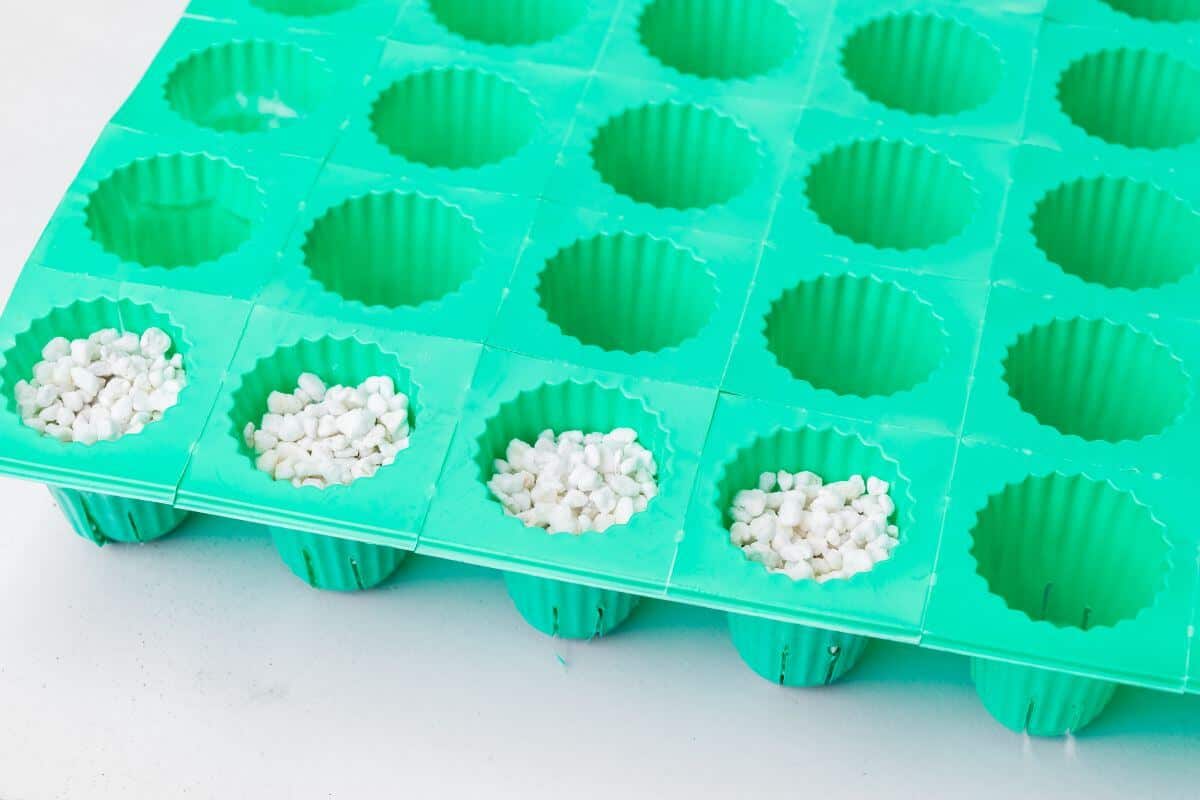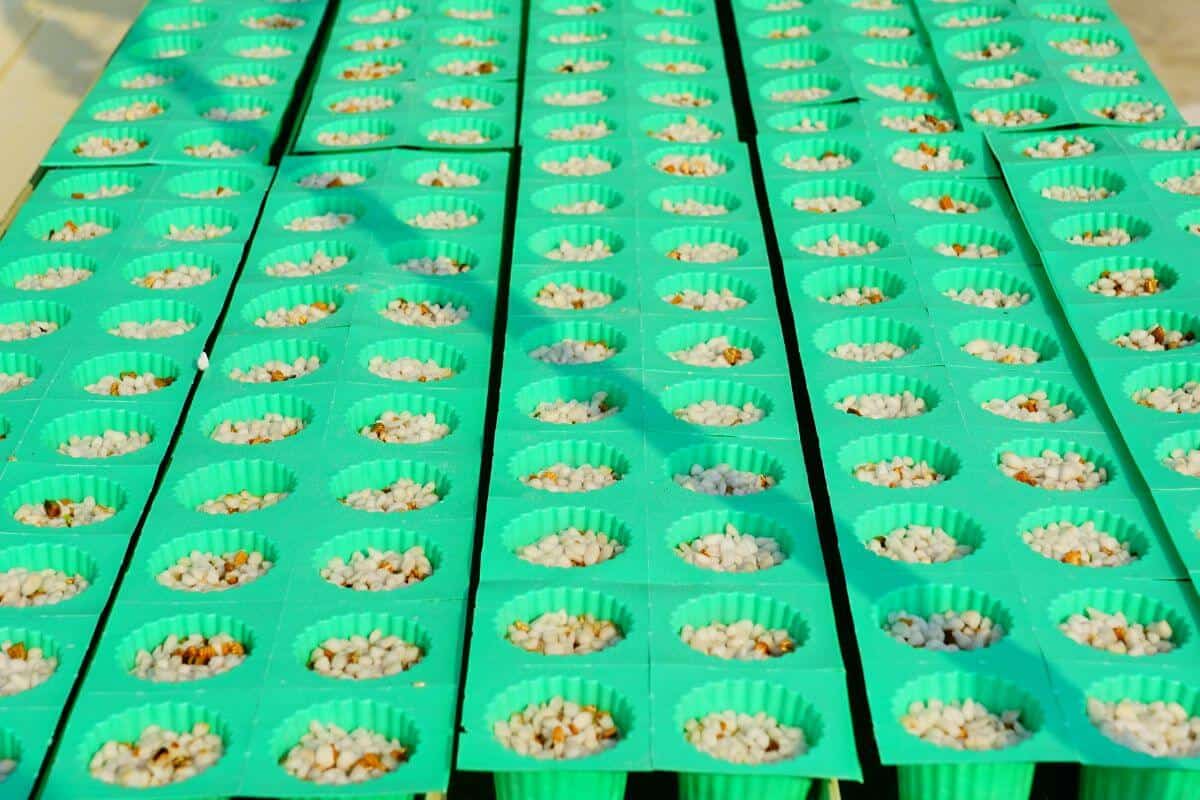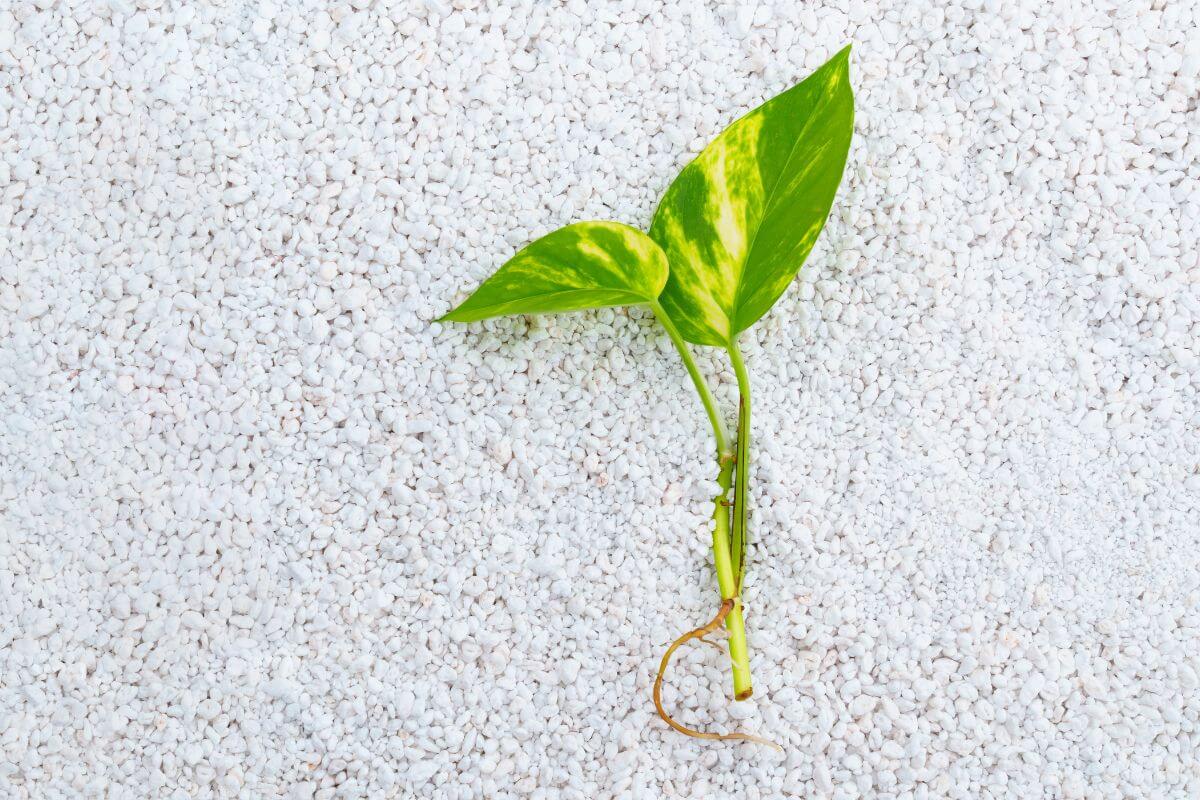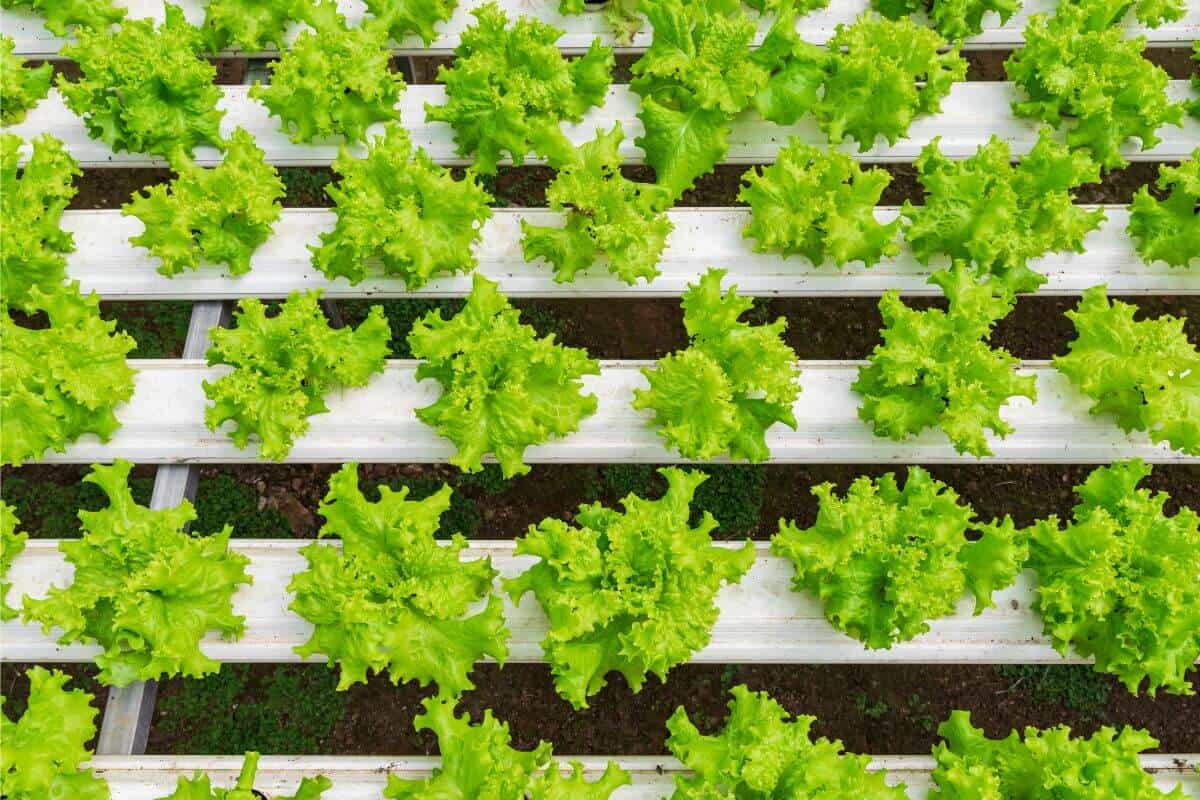When starting a hydroponic growing system, it is important to carefully consider the appropriate growing medium for your indoor garden plant species.
Horticultural Perlite is a commonly used growing medium in hydroponic systems, among other options available.
Hydroponics Perlite is commonly used by hydroponic growers because of its advantageous characteristics that provide an ideal environment for potted plants to flourish.
- Related article: Hydroponic Growth Medium
This guide will provide information on Perlite, including its definition and benefits when utilized in a hydroponic system!
What is Perlite

Perlite is a lightweight granular substrate that is commonly mistaken for small particle size of white polystyrene.
Perlite is made from volcanic glass that is heated to over 1000°C, which causes it to pop into different pieces.
This growing medium ticks all the right boxes, as it is sterile, has a neutral pH base, is relatively cheap, and tends to have a long-lasting life.
Benefits of Perlite as a Growing Medium

Let’s take a further look at what some of the additional benefits of Perlite include in a hydroponic system:
Lightweight
Perlite is lighter than grit, pumice, sand, or other growing mediums. This substrate allows the roots of your hydroponic plants to easily expand in search of nutrient solutions and oxygen.
The addition of this substrate can enhance the drainage of other growing mediums utilized in hydroponics.
This lightweight growing medium is convenient for hydroponic growers to manage.
Neutral pH
The pH of Perlite varies depending on its source, typically falling within the range of 6.5 to 7.5, which is considered optimal for nutrient absorption by most plants.
Reusable
Perlite is a growing medium that is sterile and can be reused for multiple seasons. The only time you should consider replacing your Perlite is after you have experienced a disease problem in your hydroponic system.
You are still able to sterilize Perlite using a hydrogen peroxide solution. Before attempting to reuse Perlite, it is essential to ensure that it has been rinsed thoroughly.
Inexpensive
The cost of the growing medium is a significant consideration for hydroponic growers when selecting their preferred medium.
Perlite is a relatively inexpensive growing medium. It only costs a fraction of the price, compared to other growing mediums such as Coco Coir or Clay Pebbles.
Great Aeration and Drainage
A typical issue encountered when utilizing a hydroponic system is lack of oxygen, inadequate aeration, and drainage for plant roots.
For optimal growth, it is important to ensure that plant roots have access to oxygen and excess moisture is drained from the roots. Poor drainage systems will often lead to fatal diseases such as root rot.
Perlite is known for its excellent aeration properties because it creates air pockets, or air pore spaces, for your roots.
This growing medium is a loose substrate that allows the air to freely flow through to your roots, ensuring optimum root development.
In addition, the tiny spaces between each Perlite particle not only allow for greater airflow but provide adequate drainage for your hydroponic plants.
Disadvantages of Perlite as a Growing Medium

There are naturally some disadvantages to using hydroponic Perlite.
Here are several cons of Perlite and the disadvantages experienced with using Perlite in a hydroponic system:
Water Drains too Fast
The advantage of using a growing medium with great drainage comes with the disadvantage of having water draining off too fast. You
Perlite can still retain moisture but it is significantly less than other growing mediums.
In order to combat this problem, Vermiculite is usually added to Perlite, as it increases the ability to hold water.
Lightweight and Buoyant
As mentioned above, Perlite is a lightweight substrate, which causes it to float in a hydroponic system.
One of the problems with this growing medium being buoyant is that it fails to anchor the roots of a plant.
The buoyancy creates a problem in certain methods, such as the Ebb and Flow hydroponic system. In the Ebb and Flow system, Perlite simply floats away and can’t be used.
Creates Perlite Dust
The porous nature of Perlite often creates unnecessary dust in a hydroponic system.
This dust is not only unhealthy for humans as it can cause lung cancer, but it begins to create a sludge in your system. This sludge will ultimately begin to clog up your filters.
Tips for Using Perlite in Hydroponics

Before using Perlite as a growing medium for your hydroponic system, it is recommended to follow certain steps.
The following tips can help maintain a healthy hydroponic system:
Add Vermiculite to Your Perlite Mix
A well-rounded growing medium will ideally be able to retain water and have adequate drainage to prevent the roots from constantly being submerged in water.
Vermiculite is known for its water and nutrient retention, whilst Perlite is known for its excellent drainage. These two growing mediums combined will create a well-rounded growing medium.
Take Care When Using Perlite
Perlite has the tendency to create dust mask, so it is, therefore, important to avoid inhaling the dust particles created when using Perlite.
You can avoid inhaling the dust by dampening Perlite with water before using it.
To properly utilize entire bags of Perlite, it is recommended to add several cups of water to the bag and allow it to soak for one hour.
After an hour of soaking, the Perlite will be ready for safe use as all dust particles will have settled.
Use Different Grades of Perlite
There are four different types of Perlite that are available to use: super coarse, coarse Perlite, medium, and fine grade. Each grade has its own unique properties.
The finest grade of ground Perlite is generally used for seed and cutting propagation, whilst the coarse grade Perlite growing medium is best used for mature plants in the garden to add water drainage.
Final Thoughts on Perlite Hydroponic Growing Medium
Hydroponics Perlite is a beneficial method for providing plants with adequate support in hydroponic gardens.
Perlite is a useful component for hydroponic gardening due to its lightweight, porous qualities that aid in water retention, aeration, and drainage.
You can enhance your crop yield and quality just by choosing the appropriate Perlite and utilizing it properly!
If you are interested in gardening, it may be beneficial to include hydroponic Perlite in your toolkit for optimal plant growth!
Check out these other articles to learn more about other Hydroponic Growing Medium:


